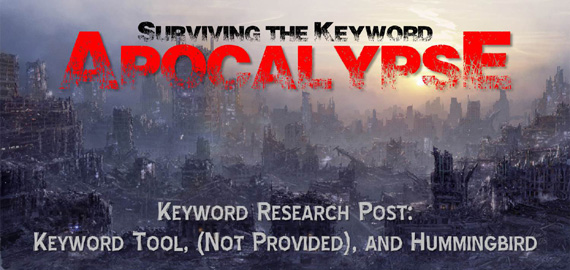If you are up against more established, well-funded and large companies who can spend thousands of dollars on SEO strategies, don’t lose hope. We have a couple of really good, targeted and proven effective link building strategies, even if you are entering a tough industry.
Link building strategies, if executed correctly, can give your site thousands of visits over a span of a few months, which you should convert to sales soon after. Want to learn how you can level the playing field against industry giants?
Build your own Q&A Forum
Allowing users to post questions and also contribute to answers, is a great way to invite user-generated content and at the same time, encourages sharing of information from other parts of the web. One person might post a link showing where you can get the best dog trainers in the city, while someone else might post a Facebook fan page of a local dog breed support group.
If you want your site to be the most talked about site and where people converge to share information, creating that Q&A forum is one of the best first steps for you. The good news is that there are plugins via Joomla or WordPress that can help you build your forum quickly.
Create Individual Product Pages
No matter what type of product you have, you must have first level URL’s for each product you offer. This makes it:
• Easier to remember for your users to share
• Easier for Google to read what your page really says
• Simpler structure for your website, both for usability and search engine crawling purposes
So this means, your URL may look like this:
Link building strategies, if executed correctly, can give your site thousands of visits over a span of a few months, which you should convert to sales soon after. Want to learn how you can level the playing field against industry giants?
Build your own Q&A Forum
Allowing users to post questions and also contribute to answers, is a great way to invite user-generated content and at the same time, encourages sharing of information from other parts of the web. One person might post a link showing where you can get the best dog trainers in the city, while someone else might post a Facebook fan page of a local dog breed support group.
If you want your site to be the most talked about site and where people converge to share information, creating that Q&A forum is one of the best first steps for you. The good news is that there are plugins via Joomla or WordPress that can help you build your forum quickly.
Create Individual Product Pages
No matter what type of product you have, you must have first level URL’s for each product you offer. This makes it:
• Easier to remember for your users to share
• Easier for Google to read what your page really says
• Simpler structure for your website, both for usability and search engine crawling purposes
So this means, your URL may look like this:
www.yourdomain.com/party-packages-kiddie-birthday for a kiddie party birthday packages.
Create a Blog for your Products and Services
You may know this already but having a readable and engaging blog is one of the best things you can do for your site. A blog brings:
• Fresh content every couple of days
• Allows users to get to know your product more
• Gives you a platform for content marketing
Give a blog 8 to 12 weeks to bring effect to your SEO rankings. Make sure you stock up on good, related posts that are no more than 800 words in length to keep things fast and interesting for your viewers. Remember to test your blog on mobile view to accommodate your mobile users.
Photo By: Work with David Wood







